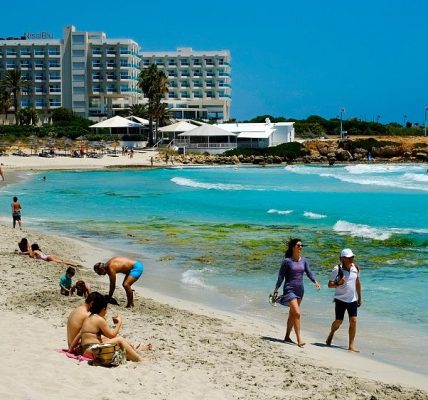‘We must end this war on nature’: Europe’s most endangered species to protect on World Wildlife Day
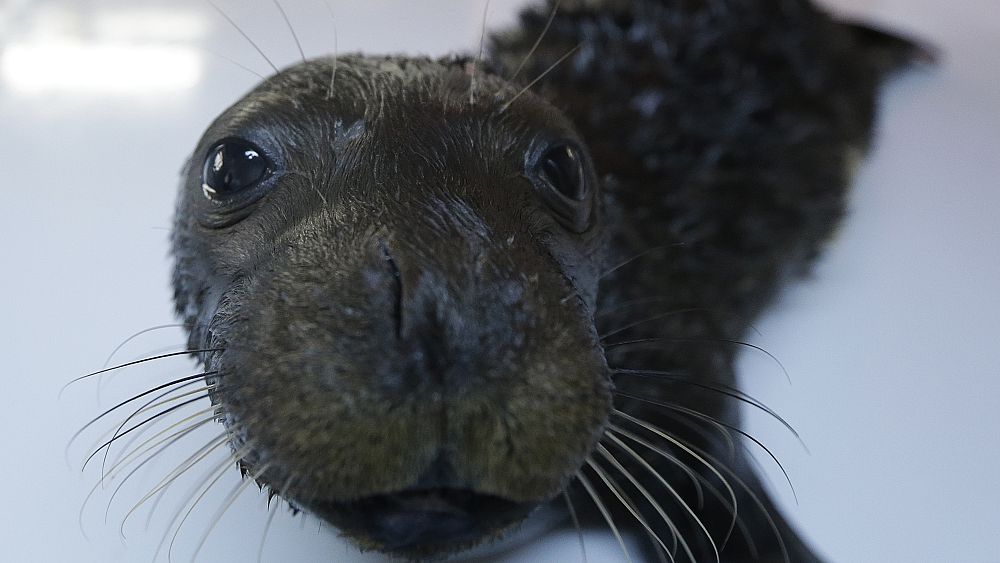
Today marks World Wildlife Day, a date for celebrating the extraordinary diversity of the planet – and taking stock of how well we’re doing at protecting it.
It’s a special edition this year; 3 March was chosen because it is the birthday of CITES, the Convention on International Trade in Endangered Species of Wild Fauna and Flora, signed in 1973. That treaty has now helped to guard thousands of plants and animals for 50 years.
There have been some remarkable conservation success stories in that time, but precious species are still tumbling through our fingertips. WWF’s Living Planet report last year revealed that global wildlife populations have plummeted by 69 per cent on average since 1970.
“On World Wildlife Day, we reflect on our responsibility to protect the magnificent diversity of life on our planet. And we recognise our abject failure,” says UN Secretary-General Antonio Guterres.
“Human activities are laying waste to once-thriving forests, jungles, farmland, oceans, rivers, seas and lakes. One million species teeter on the brink of extinction, due to habitat destruction, fossil fuel pollution and the worsening climate crisis. We must end this war on nature.”
While we tend to picture the most imperilled animals – mountain gorillas, black rhinos and African forest elephants, for example – on neighbouring continents, Europe has many frontlines in this battle too.
Here are some of the precious plants and animals we’re at risk of losing.
Arctic fox: Only around 450 left in the EU
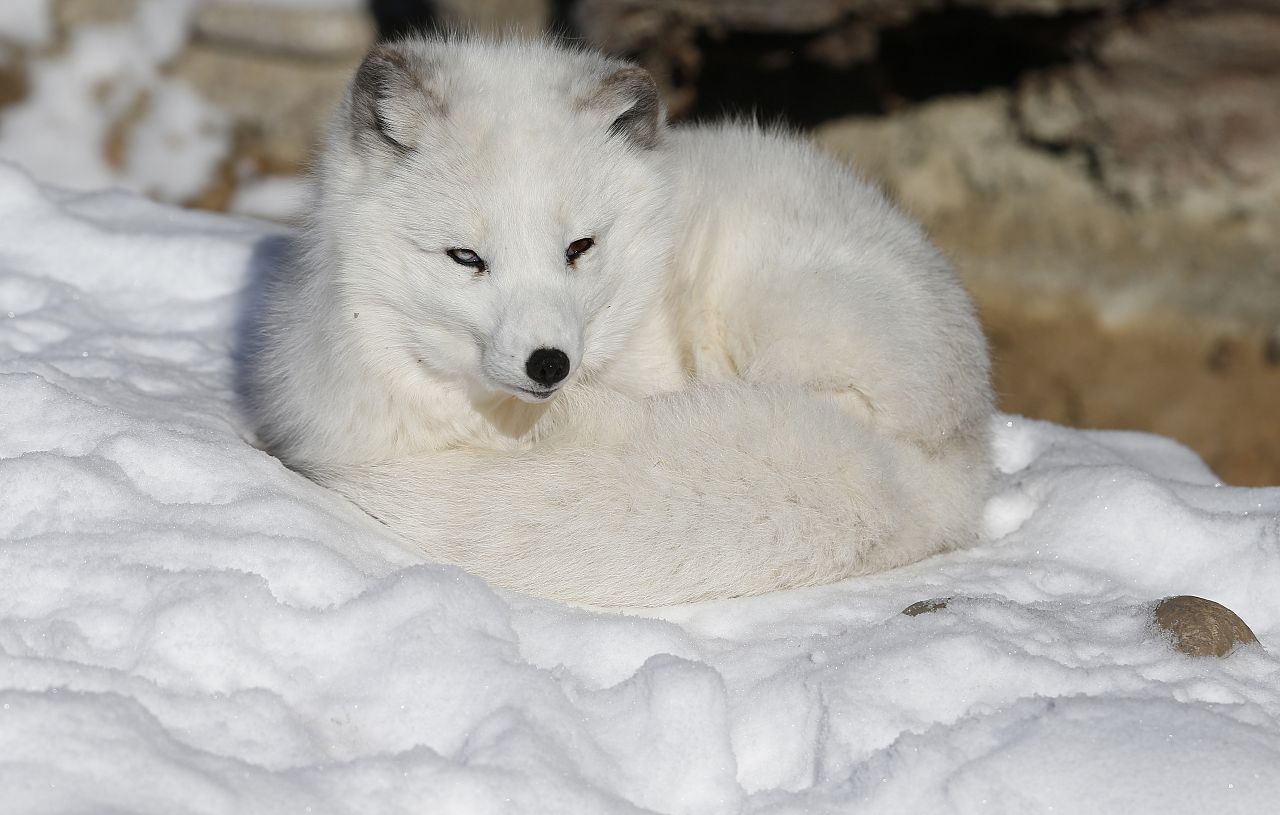
The Arctic fox is considered to be critically endangered in the EU. The snow-white carnivores have a tiny presence in Finland and Sweden, though larger populations still roam in Russia.
Originally driven close to extinction by hunting and trapping for its valuable fur, the fox faces a new threat from climate change – as the Arctic tundra on which it depends is disappearing.
Basking shark: World’s second-largest shark is endangered
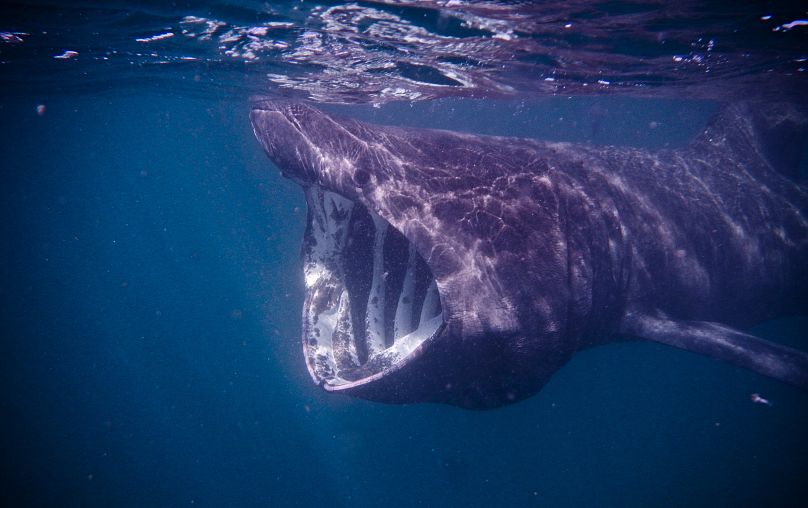
Beauty is not a prerequisite for being worthy of protection, luckily for the basking shark. Its cavernous mouth makes it a fearsome sight to humans – but we have done far more damage to the species, which was targeted for centuries by harpoon and net fisheries.
The shark is now on the IUCN (International Union for Conservation of Nature)’s endangered list, and on its wide migrations around the ocean has to watch out for ships, as well as ending up as bycatch.
European eel: The mysterious fish slipping into extinction
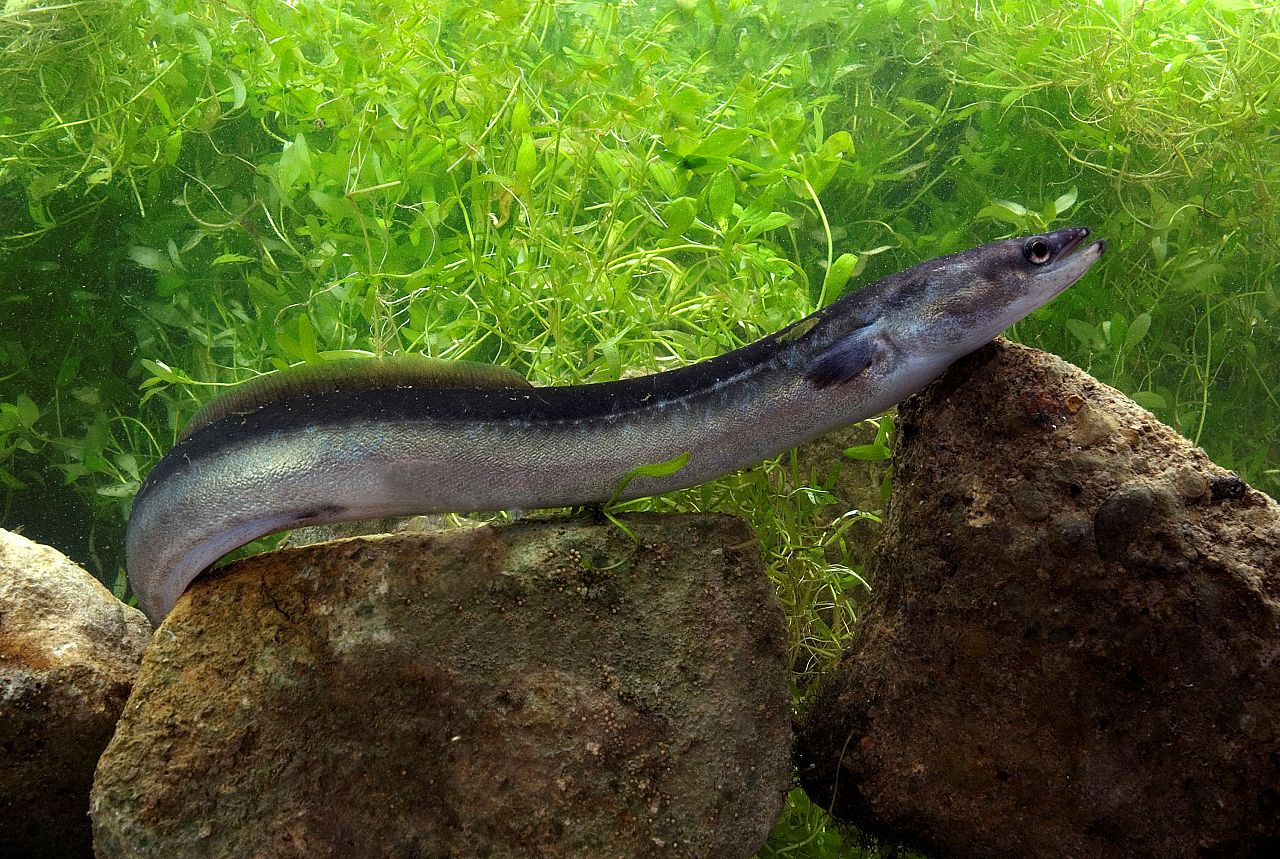
The European eel is listed as critically endangered by the IUCN (one worse than the basking shark, and just above being extinct in the wild).
It faces a wide range of threats – from climate change to parasitism and pollution – causing populations to plummet by 90 per cent in just a few decades.
Horse chestnut tree: Conker tree at risk of extinction
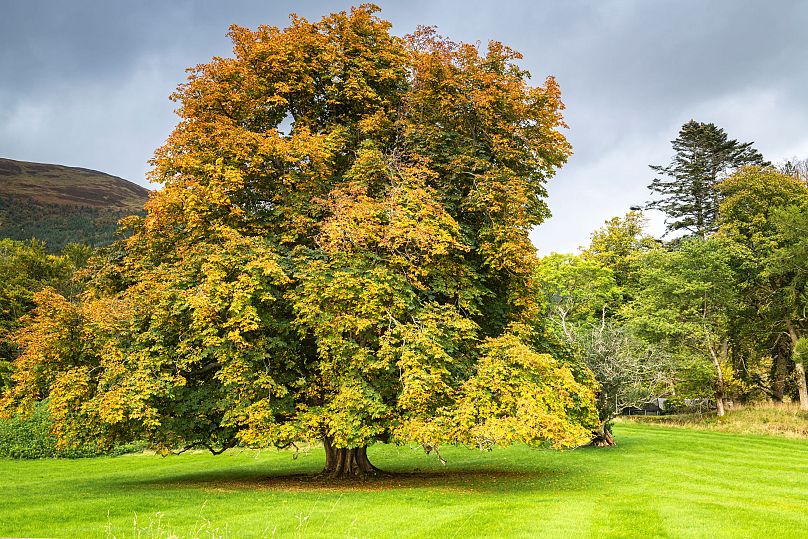
The iconic horse chestnut tree grows across much of Europe. But onslaughts from the invasive leaf-miner moth have left the species vulnerable, adding to pressures from logging, forest fires and tourism.
The same IUCN report found that over half (58 per cent) of Europe’s endemic trees are threatened with extinction. The Crimean rowan and mountain-ash are also particularly affected.
Hoverfly: One third of vital pollinators threatened with extinction

Around a third (37 per cent) of all hoverfly species in Europe are threatened with extinction, the IUCN warned last year.
The decline is of special concern to the EU given the insect’s critical pollinating services.
Lynx: Glorious felids still threatened by poaching
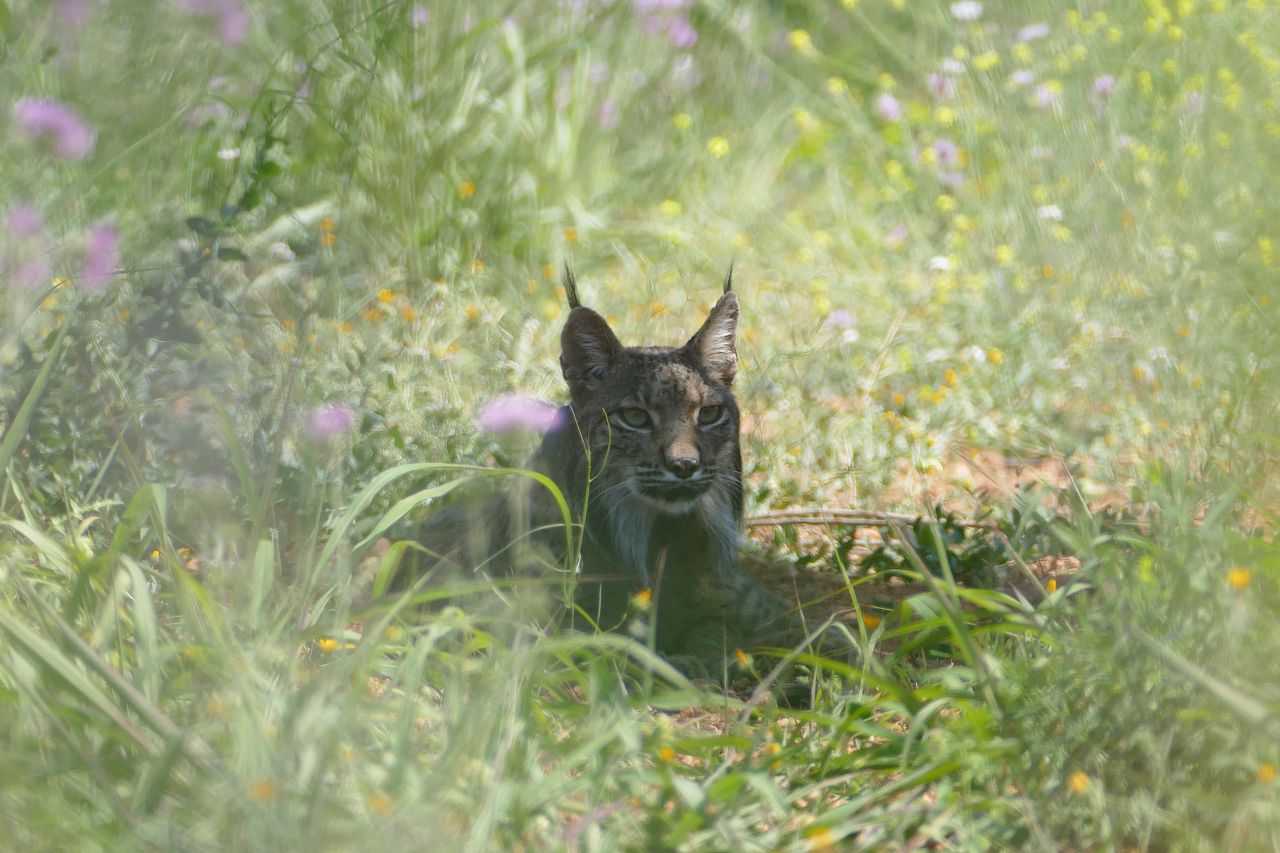
This pointy-eared cat is certainly one of the most charismatic mammals we risk losing in Europe.
The Iberian lynx and the Eurasian lynx are two of five large carnivore species still remaining on the continent. The former is the world’s most threatened cat species, endemic to Spain and Portugal.
Conservationists have warned that the Eurasian lynx population could soon collapse in France. But Sweden has just given hunters licences to kill a total of 201 lynx.
Mediterranean monk seal: Less than 700 left in the wild
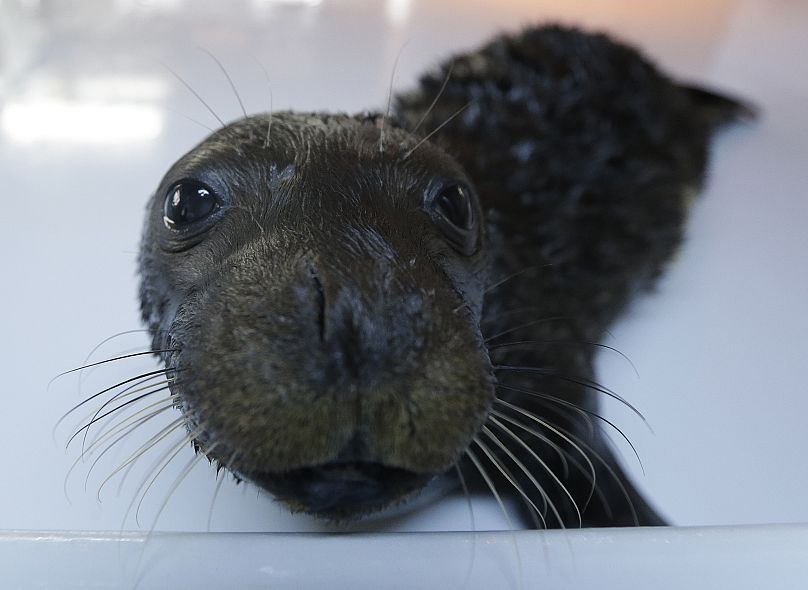
The Mediterranean monk seal is a rare sight in European waters, given its endangered status.
As of 2015, it was estimated that less than 700 of these seals survive in three or four isolated subpopulations in the Mediterranean, particularly the Aegean Sea, the archipelago of Madeira and the Cabo Blanco area in the northeastern Atlantic Ocean.
They are believed to be the world’s rarest Pinniped (seal) species.
What’s being done to protect Europe’s endangered species?
The good news, Guterres says, “is that we have the tools, the knowledge, and the solutions to tackle the biodiversity crisis.” As well as CITES, we have last year’s agreement on the Kunming-Montreal Global Biodiversity Framework. Signed by almost 200 countries, it has been hailed as the Paris Agreement for nature.
“We need to place the voices of local communities and indigenous people – our world’s most effective guardians of biodiversity – front and centre,” he says.
“Today and every day, let us all do our part to preserve natural habitats and build a thriving future for all living beings.”


